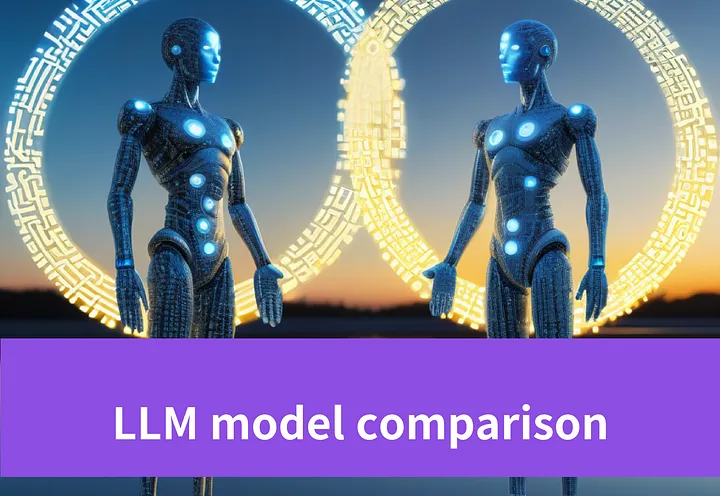Understanding The LLMs – Do You Always Need Bigger Models?
Large Language Models (LLMs) have redefined the landscape of artificial intelligence, driving breakthroughs in various tasks like content generation, customer support, and code understanding.
However, not every use case demands the biggest or most powerful model. In some cases, smaller (represented in billions of parameters, e.g., 405B, 33B), specialized models can outperform larger counterparts, especially for specific tasks like bug detection in PHP code or programming assistance.
A parameter in the context of AI models refers to the values the model learns during training that help it make decisions or predictions.
These parameters determine how the model processes input data (like text or code) and generates output. The more parameters a model has (e.g., GPT-4 with 100B+ parameters), the more complex it can be, allowing it to understand and generate more sophisticated responses.
However, larger models also require more computational resources to run effectively.
In this article, we explore how models like Meta's LLaMA 3, OpenAI's GPT-4, and DeepSeek Coder compare and when it might be more efficient to opt for a smaller, task-specific model rather than a general-purpose giant.

1. LLaMA 3: The Powerhouse
Meta's LLaMA 3 series, with versions like LLaMA 3 405B, is designed for high-level generative tasks across multiple domains. LLaMA models typically have hundreds of billions of parameters (B), allowing them to handle complex tasks ranging from natural language processing to reasoning and multimodal interactions. While these models are versatile, they often require significant computational resources, making them ideal for large-scale, multi-task environments.
2. GPT-4: The Versatile Giant
OpenAI’s GPT-4 is another heavyweight model, with up to 175 billion parameters in its largest configuration. Known for its impressive ability to handle both text and image inputs, GPT-4 excels in general knowledge and creative tasks like article writing, coding assistance, and data interpretation. However, its massive size often makes it slower and more expensive to operate for niche tasks like code bug identification or language-specific processing.
3. DeepSeek Coder: Optimized for Coding Tasks
For specialized tasks like finding bugs in programming language, say PHP or performing detailed code completions, a smaller, domain-focused model might be more effective.
Enter DeepSeek Coder, an open-source model with configurations ranging from 1B to 33B parameters. Trained on 87% code and 13% natural language, DeepSeek Coder is designed for tasks like project-level code completion, syntax checking, and bug identification. Its 33B version even outperforms larger models like CodeLlama-34B by 7-10% on coding benchmarks.
With a 16K token window, it provides more context for coding tasks than many larger models, making it a strong contender for code-focused applications without the hefty computational cost of models like GPT-4 or LLaMA 3.
When Should You Use a Specialized Model?
For tasks like code analysis or specific language operations, using a smaller, specialized model like DeepSeek Coder 33B can lead to faster and more accurate results. On the other hand, for broader applications that require versatility and large-scale reasoning, GPT-4 or LLaMA 3 might be more appropriate despite their size.
By choosing the right LLM for your needs, you can save on computational resources while optimizing performance for your specific tasks.